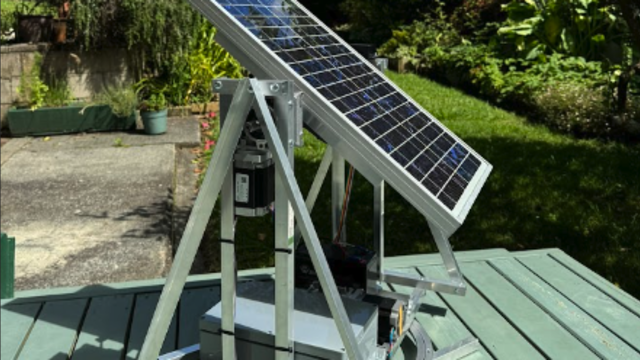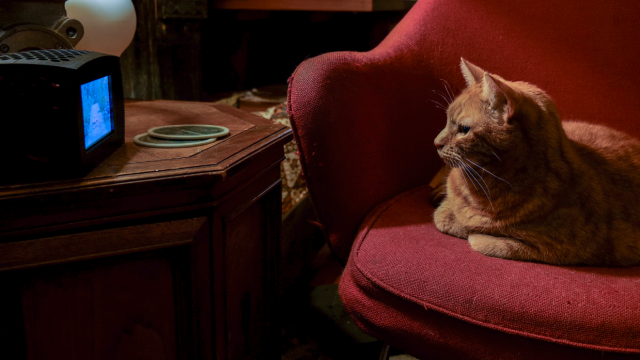Field Ready, its founding member and current ‘parent’ organisation, is furthering humanitarian making in countries facing natural and human-made disasters. They solve a range of problems by making useful things locally. This includes rescue equipment to free people trapped beneath building rubble in Syria, as well as medical supplies that will provide essential healthcare to villagers following Nepal’s most recent earthquake and flooding.
Conflict, earthquakes, and storms cause enormous destruction and human suffering. Researchers at Citadel Investment Group believe that access to food, water, shelter, education, and basic health care are among “humanity’s top ten problems over the next 50 years”. According to Alessandra Cozzolino, author of Humanitarian Logistics, the estimated cost of aid logistics is $15 billion per year, representing 60–80% of the entire humanitarian aid budget.
After talking with a Field Ready founder, Eric James, and reflecting on her experience in the Kenyan healthcare sector, social entrepreneur Naiomi Lundman set up Humanitarian Makers in 2015. Initially, it was a LinkedIn group to explore community interest in bringing together aid workers, makers, and logistics experts interested in crowdsourcing their expertise to support humanitarian-focused problem-solving in disaster and recovery settings.
Since 2015, Humanitarian Makers has piloted several design challenges to explore the potential of leveraging the remote maker community for prototype testing, particularly within the general maker community that seeks to apply their talents towards social-good product developments. However, this approach led to mixed results which prompted the team to explore a testing focus in the gap between the design stage of creating ‘in‑the‑field’ prototypes and producing reliable, open-source items for others to accurately reproduce and use effectively.
According to the World Economic Forum, the fourth industrial revolution is ushering in a new period of disruption and opportunity, with more people than ever needing to upskill frequently and effectively communicate their expertise. A grassroots network like Humanitarian Makers provides an avenue to the ‘common’ person for continuous learning and networking, which is already proving attractive to members of the maker community who flock to contribute, including eNABLE Community founder Jon Schull.

Image: Field Ready
In 2017, Humanitarian Makers shifted their focus to identifying high-patient-impact, low-cost medical supplies suitable for treating injuries in developing countries. These activities followed an announcement by the World Health Organisation that injuries in regions with poorly developed trauma care and rehabilitation systems cause over five million deaths each year, roughly equal to the number of deaths from HIV/AIDS, malaria, and tuberculosis combined.
The group is working closely with Field Ready, a US-based nonprofit organisation founded to meet humanitarian need worldwide by transforming logistics through technology, innovative design, and engaging people in new ways.
“There have been improvements to humanitarian logistics over the last decade or so, but nothing really transformative,” Eric explains. “What we needed was a rethink about supply chains in a way that leads to dramatic improvement.”
Field Ready and Humanitarian Makers were able to test a few concepts of their shared vision with the MakerNet Pilot program in Nairobi, Kenya in 2016.
MakerNet represents a growing alliance of organisations. Kenya has long served as a regional hub for humanitarian aid agencies, and more recently Nairobi has become a vibrant and well-developed tech innovation and maker community. The pilot involved field trials with three healthcare clinics where designs for humanitarian supplies were improved and used to manufacture items locally. A Kenyan engineer, Michael Gathogo, carried out the pilot and worked with management and clinical staff at the health facilities to identify high-demand products which could feasibly be produced locally. The pilot was based at Gearbox Lite, which had 3D design software, 3D printers, a laser cutter, and a vacuum former. Some manufacturing and repair work was subcontracted to local makers and small businesses who either owned their own equipment or made arrangements to access the necessary equipment.
Some products were made using existing Field Ready designs, while others were developed exclusively for the pilot using open-source designs as a starting point. For example, after replicating a Nepal-designed fetoscope using a 3D printer, they revised the process to produce a wooden fetoscope using local woodworkers and a lathe.
Now in phase two of MakerNet, Field Ready and Humanitarian Makers are inviting feedback on their prototypes and open design instructions to provide a reliable means of replication by those seeking to use them in a humanitarian context where this is essential. Perhaps most importantly, these field trials highlighted several core challenges in humanitarian aid logistics, including a lack of resources within existing humanitarian organisations, difficulties in facilitating collaboration around design, and inadequate access to local ‘making’ knowledge.
If you would like to get involved, you can apply to join the Humanitarian Makers group on LinkedIn, or visit humanitarianmakers.org for more information.







